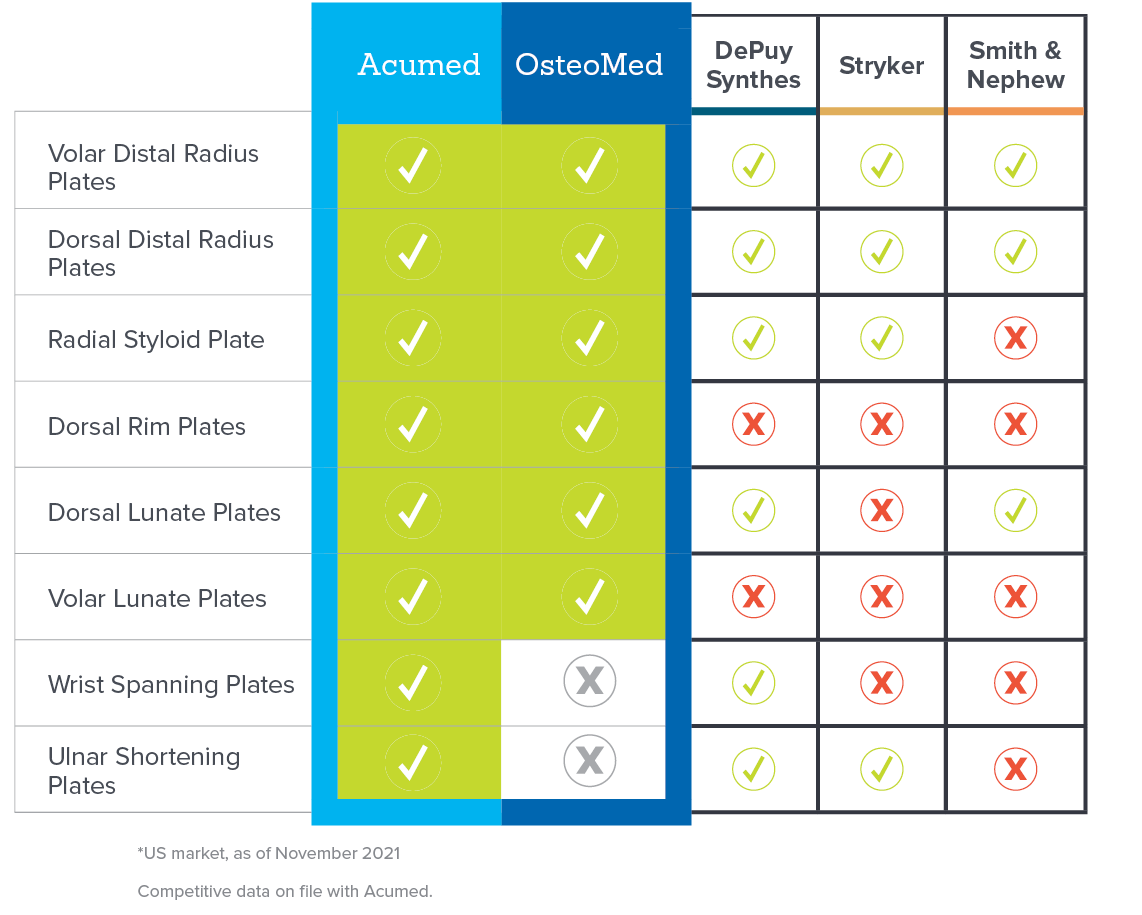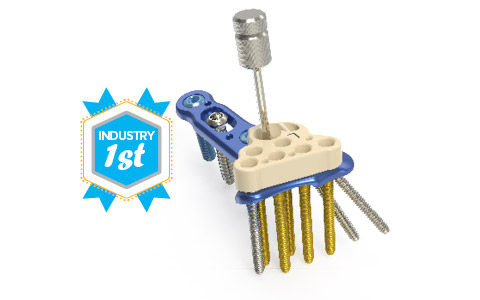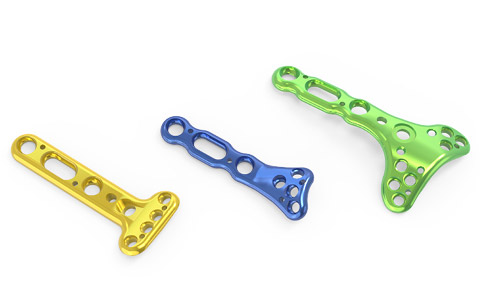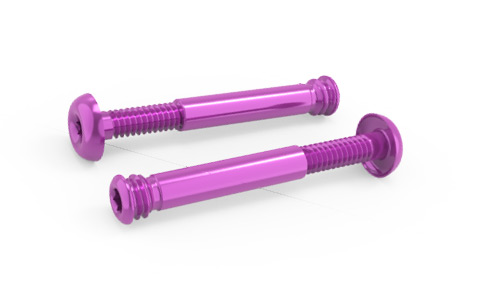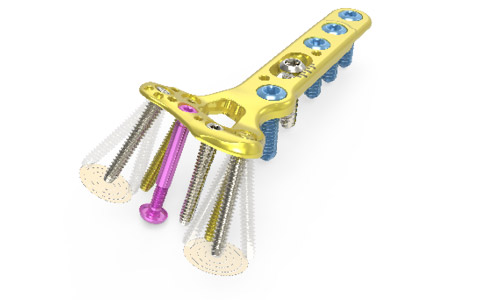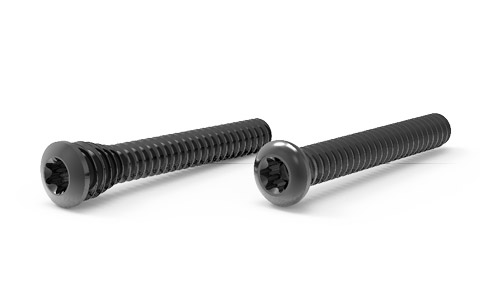Acu-Loc 2 Volar Distal Radius Plate Surgical Technique Overview Animation
The standard Acu-Loc 2 Volar Distal Radius Plate is designed to closely replicate the anatomical contours of the distal radius and may assist in restoring the original geometry. In this animation, the surgical steps for installation of a standard volar distal radius plate are overviewed incorporating the 2.7 mm Low-Profile Hexalobe Screw.
Acu-Loc 2 Frag-Loc Compression Screw Surgical Technique Overview Animation
The Frag-Loc Compression Screw is a two-part cannulated compression screw for dorsal comminution that gives surgeons the option for steadfast dorsal compression through a small dorsal incision. In this animation, steps for implantation of the Frag-Loc Compression Screw are overviewed.
AL2 Avulsion Hook Plate Volar Fragment Fixation on Ulnar and Radial Corners with William F. Pientka, MD
Dr. Pientka demonstrates the avulsion hook plate volar fragment fixation on ulnar and radial corners surgical technique.
AL2 Avulsion Hook Plate: Dorsal Lip Fragment Fixation Surgical Technique with Steven R. Niedermeier, MD
Dr. Niedermeier demonstrates the dorsal lip fragment fixation surgical technique.
White Paper, etc.
Controlling the Critical Corner - Daniel J. Brown
A multi-case review of 41-year old & 17-year old males with intraarticular distal radius fractures were treated with Acu-Loc 2 and optional Avulsion Hook Plate.
See more Acu-Loc 2 documents
Case Studies
Distal Radius Malunion Treated With Plating and Osteotomy A 63-year-old patient with a chronic distal radius fracture malunion was treated with the Acumed Acu-Loc 2 Wrist Plating System.
See more Acu-Loc 2 case studies
Clinical Evidence
Acumed vs. the Competition
